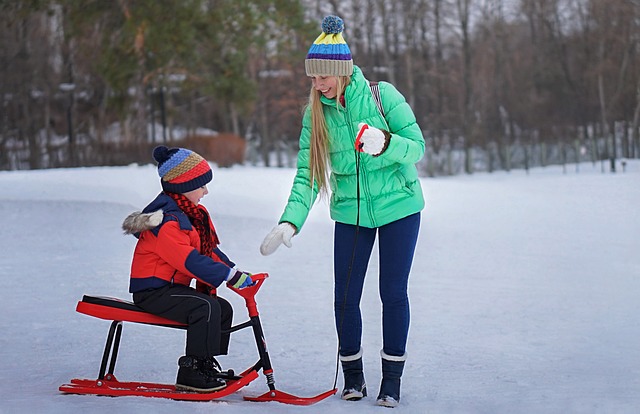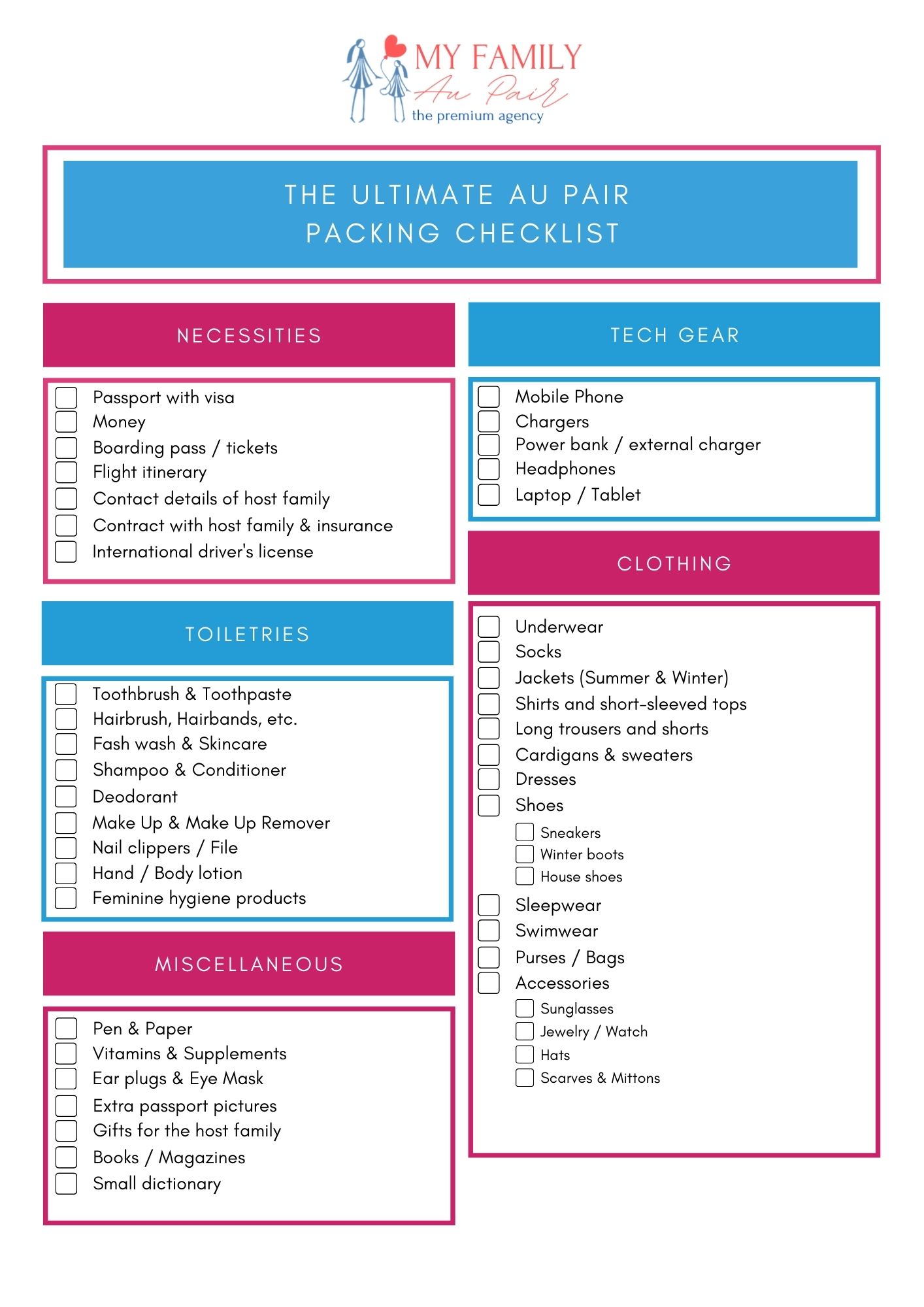
Your guide to winter safety for kids
It’s that time of year again where frost covers the plants in the mornings and nature is clearly preparing for winter. At least where I live, winter starts with a couple of beautifully cold days, where the cold nights easy into sunny days to thaw away the frost. But then we quickly get those grey days, where the sky clouds up and instead of rain, we get snow. It’s not that clean, pretty snow… that winter wonderland snow. It’s the kind of ugly sleet which covers the streets, makes driving tedious and leaves you feeling cold and clam. Eventually snow does come in large quantities. When it does, the kids are excited to get out and enjoy hours in this cold stuff, which offers so much room for creative play. This is a great time to review our guide to winter safety.
General words of advice on winter safety for kids
Never leave kids to play outside alone. Generally, kids under the age of 6 should always be supervised. Older children can stay outside in groups without constant supervision as long as they are in a safe area, without traffic. Check in on older children on a regular basis to make sure that everything is okay.
Never let kids outside when it starts snowing heavily or in extreme temperatures (-20°C or colder).
Please remember that it gets dark early. Keep an eye on the time and return home latest when it starts getting dark. If you are outside when it starts getting dark, make sure you are wearing clothes which reflect light to ensure that cars can see you. Make sure kids are walking on the boardwalk and as far away from cars as possible. Keep in mind that children are smaller and, therefore, harder to see for cars. Be vigilant!
Don’t let children play close to the street and make sure that the children and you are steering clear of moving cars. Ice makes it difficult for cars to break so make sure you are only crossing roads when it is clear of traffic.
Never let children throw snowballs at strangers or cars!
Clean, new snow is okay to eat usually. Don’t let them eat large quantities as this can cause stomach aches but trying a small piece of snow can be okay. If the snow is dirty or has been around for more than a couple of hours, don’t let kids eat it.
Getting dressed for the cold outside

Make sure the children are warm and dry regularly. Depending on the weather conditions and what you are doing, this can be as frequently as every 15 minutes. Children frequently don’t care if their feet are wet but this can quickly lead to frost bites and a cold. If fingers get very cold they will hurt when they warm up, which might lead to a lot of tears! Check their fingers by taking off their gloves and checking their handy with your hands. If they feel cold, change the gloves and warm them up. Give the kids something warm to drink regularly and take a break inside to warm up when the clothes are getting clam. If you are under 5, make sure you are close to warm shelters in case the kids get cold.
Make sure to apply sunscreen when the sun is shining and you are going to be outside for longer periods of time. The snow reflects the sun and this can lead to sunburns, even in the winter!
A guide to winter health risks
Hypothermia ❄️❄️❄️
Hypothermia can be a real danger to children. Very young children do not create body heat by themselves and need to dress up warm to stay warm. Dress them like an onion, in layers! Long underwear is typically used when going skiing and will also keep children warm when playing outside. Children should always be wearing coats, scarves, hats and gloves. If a kid is fussing because it doesn’t want to put on the coat/scarf/hat/gloves then don’t let it outside. Be clear on the rules: only fully dressed children are allowed outside to play! Kids might test how strict you are on this and kick up a fuss. Stay calm and firm. Also makes sure you are dressing up adequately. You are a role model to the children!
Frostbites ❄️
Children are at risk for frostbites far more than adults. Frostbites are damages to parts of the body due to freezing. Severe forms of frostbites can cause life-long damage. Typically fingers, toes, ears, cheeks, the nose and the chin are common places for frostbites.
Frostnips are a mild form of frostbite and happen quickly and commonly. They hurt! Signs of frostnip are tingling and when body parts start feeling numb or look red. Frostbites can cause the skin to turn hard, even swollen, white or grey, cause blisters or make the skin tingle or go numb. If a child is showing signs of a frostnip, bring the child inside. If the child is complaining about numb feet, carry the child is possible. Walking with a frostnip hurts and will cause quite a few tears. When inside, change it into dry clothes. Warm the skin with lukewarm water or wrap it into a blanket or towel until the feeling returns. Don’t rub or massage the area. If the affected area doesn’t get better within half an hour, call the host parents for help. Frostbites need to be treated professionally!
A good resource on frostbites is Nationwide Children’s Hospital.
A guide to safety when sledding ?
Only sled in designated areas. Your host parents can typically tell you where you can go sledding. Don’t sled where the runout is close to a street or close to a lake or pond.
Some kids love the speed and are fearless, others are afraid to go on a sled by themselves. Don’t force a child to do something they don’t want to do. If a child doesn’t want to sled alone, join in on the fun and sled together.
Use common sense. If something seems dangerous it probably is. Check the sled to make sure that it is safe to use. If you find sharp or jagged edges, don’t use it. Handholds should be secure. Check the surroundings for obvious dangers. Sled in the middle of the hill and don’t sled down when it’s too crowded.
Mind the runouts. Typically, most accidents happen at the bottom of the hill because sleds are colliding.
A guide to safety when skating ⛸️

Only go skating on public ice rinks or lakes which have officially been approved. Never assume it is safe to skate or even walk on ponds or lakes just because they look like they are frozen or others are on them!
Skates should be comfortable. They should offer good support for the ankles to avoid twists, sprains or breaks.
A word on winter dares
Children get up to stupid things regularly. One of these stupid ideas is licking metal objects. Regularly the tongue gets stuck and that really hurts. Pouring warm water over the tongue and metal will free the tongue.
Children might also try and see how long they can hold ice with their bare hands. This can cause frostbites and burns. Educate the children about how painful this can be.
In the winter we use special salt to melt the ice on the streets. This can cause burns so don’t let children touch it with bare hands and never let them eat it! If you are outside with dogs, make sure you wash their feet under tap water when you come in as the salt can cause burns on the feet of the dog.




